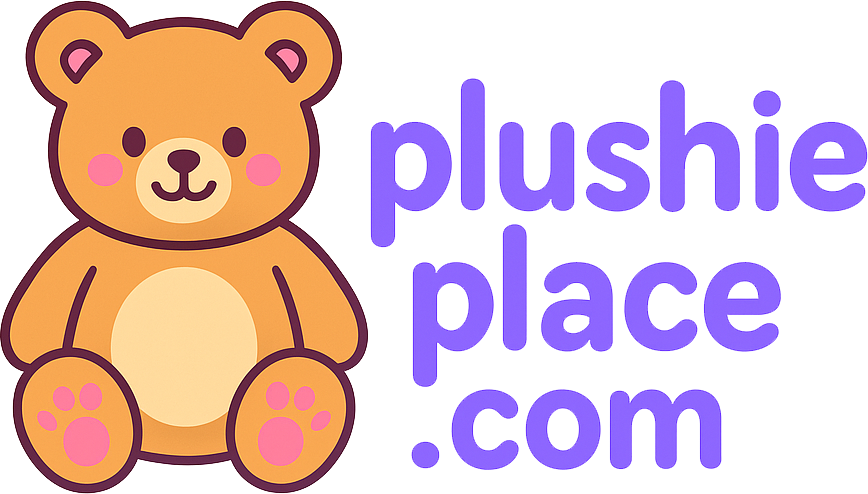-
Feed de Notícias
- EXPLORAR
-
Páginas
-
Grupos
-
Eventos
-
Blogs
Patient Monitoring Devices Market Supported by ICU Equipment Demand

The global patient monitoring devices market size was valued at USD 51.1 billion in 2022 and is projected to reach USD 92.8 billion by 2030, growing at a CAGR of 7.7% from 2023 to 2030. This growth is largely driven by the increasing demand for devices that can measure, distribute, record, and display various biometric parameters such as blood pressure, temperature, and oxygen saturation levels.
The shift in healthcare delivery from hospital-based to homecare settings has further fueled the demand for these devices, helping reduce treatment costs and making healthcare more accessible. Technological progress has also made it easier to treat chronic conditions at home, contributing to the expanding use of patient monitoring systems.
Over recent years, the healthcare industry has seen a marked increase in the use of remote patient monitoring devices, especially amid the pandemic. These devices allow healthcare providers to track patients’ health metrics in real-time, even when the patient is not physically present at a healthcare facility. The integration of digital tools into care delivery not only supports clinical decision-making but also opens up new revenue streams and helps reduce overall healthcare expenditure.
With the increasing complexity of healthcare needs, the importance of accurate and continuous monitoring has grown significantly. The healthcare sector is shifting from intermittent to continuous monitoring to provide clinicians with precise, actionable data. The drive toward lower-cost, high-efficiency devices is steering innovations in the patient monitoring space, enabling early diagnosis and management of health risks.
Key Market Trends and Insights
- North America led the global market in 2022 with a revenue share exceeding 42.2%.
- The Asia Pacific region is anticipated to witness the fastest growth during the forecast period.
- Multi-parameter monitoring devices held the highest revenue share by product type in 2022, accounting for more than 22.7% of the global market.
- The hospital segment emerged as the largest end-user category, contributing over 51.1% of the total market share in 2022.
Order a free sample PDF of the Patient Monitoring Devices Market Intelligence Study, published by Grand View Research.
Market Size & Forecast Summary
- 2022 Market Size: USD 51.1 Billion
- 2030 Projected Market Size: USD 92.8 Billion
- CAGR (2023–2030): 7.7%
- North America: Largest market in 2022
- Asia Pacific: Fastest growing region
Competitive Landscape
The patient monitoring devices market is highly competitive, with both global and regional players actively pursuing strategic initiatives. Notable companies include Honeywell, American Telecare, Roche, Philips Healthcare, Johnson & Johnson, and Covidien Plc. These players have engaged in mergers, acquisitions, and partnerships to bolster their market positions. For example, Masimo Corporation received FDA approval in February 2020 for its Neonatal RD SET Pulse Oximetry Sensors, which help reduce severe neonatal retinopathy.
The rising global incidence of diabetes is also stimulating demand for monitoring solutions. Abbott’s FreeStyle Libre 2 received FDA approval in June 2020 for continuous glucose monitoring, enabling real-time alerts and better diabetes management.
Additionally, during the COVID-19 pandemic, several companies introduced products to monitor vital signs remotely. These devices offered real-time data transmission, enabling patients and providers to make informed care decisions.
Key players in the global patient monitoring devices market include:
- Bosch
- Biotronik
- Intel
- Welch Allyn
- Health Anywhere Inc.
- Koninklijke Philips N.V.
- GE Healthcare
- Medtronic
- Masimo Corporation
- Smiths Medical
Explore Horizon Databook – The world's most expansive market intelligence platform developed by Grand View Research.
Conclusion
The global patient monitoring devices market is experiencing strong growth, driven by technological innovations, a growing burden of chronic diseases, and the rising adoption of home-based care. Remote monitoring has become a cornerstone of modern healthcare, particularly in the wake of the COVID-19 pandemic, offering a scalable, efficient way to manage patient health. As healthcare systems continue to embrace digital solutions, the demand for accurate, real-time monitoring devices is expected to remain robust, presenting ongoing opportunities for industry players worldwide.
- Art
- Causes
- Crafts
- Dance
- Drinks
- Film
- Fitness
- Food
- Jogos
- Gardening
- Health
- Início
- Literature
- Music
- Networking
- Outro
- Party
- Religion
- Shopping
- Sports
- Theater
- Wellness


